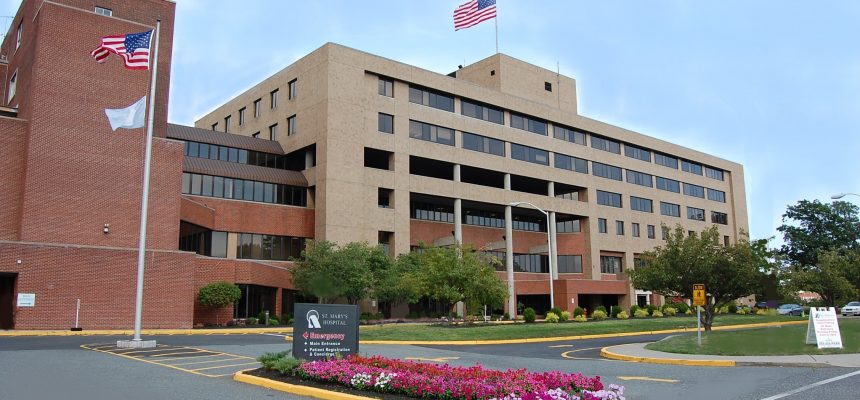Living Near a Nonprofit Hospital Does Not Ensure Access to Basic Medical Care
By Consumers for Quality Care, on February 14, 2024

Authors of a new book, “The City and the Hospital” found that living near a nonprofit hospital doesn’t necessarily guarantee that you will have access to the medical treatment you may need, according to reporting from The Conversation.
Jonathan Wynn, an urban sociologist, and Daniel Skinner, a political scientist, studied the relationship between nonprofit hospitals and the communities they serve. What they found was that even though these prestigious nonprofit hospitals enjoy substantial revenues and claim to serve nearby populations, they fail to adequately address local health needs.
Wynn and Skinner found that these nonprofit hospitals contribute to economic disparities in already low-income areas, leading ultimately to worse health outcomes for patients living nearby. Their research found that neighborhoods adjacent to these hospitals tend to have higher rates of uninsured individuals and poorer health compared to city and national averages, challenging the assumption that proximity to care results in better access to care.
As charitable organizations, nonprofit hospitals are exempt from most taxes. At the same time, however, these hospitals are expected to provide benefits to the public, such as charity care, in exchange for their tax exemptions. The growing concern is that these hospitals are shirking their responsibility to provide charity care to eligible patients, and in the process contributing to America’s medical debt crisis.
Unfortunately, not enough oversight and accountability exists to ensure that nonprofit hospitals are benefiting the communities that they claim to serve. Studies have found that most nonprofit hospitals in the United States spend less on charity care and community investments than what they receive in tax breaks.
CQC urges all hospitals, especially nonprofit hospitals, to keep their end of the bargain by better serving their communities and by delivering care for patients when they need it most.




